An Auto Dash Cam equipped with ADAS (Advanced Driver-Assistance Systems) acts as a digital co-pilot, using its camera and internal processor to analyze the road ahead in real-time. It provides audible and visual alerts for potential hazards like forward collisions, unintended lane drifts, and pedestrian presence, significantly enhancing driver awareness and helping to prevent accidents before they happen.

Table of Contents
1. What Are Advanced Driver-Assistance Systems (ADAS)?
2. How Do ADAS Features in a Dash Cam Actually Work?
3. Which Key ADAS Functions Should You Look For?
4. Why are ADAS-Equipped Dash Cams a Smart Investment?
5. Are There Any Limitations to Dash Cam ADAS?
6. What Should You Consider When Choosing an ADAS Dash Cam?
7. How Does a Botslab Dash Cam Elevate Your Driving Experience?
What Are Advanced Driver-Assistance Systems (ADAS)?
Advanced Driver-Assistance Systems, commonly known as ADAS, represent a suite of intelligent safety technologies designed to assist the driver and reduce the risk of human error on the road. Originally found in luxury vehicles, this technology has become increasingly accessible and is now a critical feature in modern high-performance dash cams. Instead of merely recording events, an ADAS-enabled dash cam actively monitors the driving environment.
Think of it as an extra set of eyes that never gets tired or distracted. The system uses the dash cam's forward-facing lens to identify other vehicles, pedestrians, lane markings, and traffic signs. By processing this visual data instantly, it can predict potential dangers and issue timely warnings. This proactive approach transforms a dash cam from a passive recording device into an active safety partner on every journey.
How Do ADAS Features in a Dash Cam Actually Work?
The functionality of ADAS in a dash cam is a sophisticated blend of hardware and software working in perfect sync. The core components are a high-resolution image sensor and a powerful internal processor. The process begins with the camera continuously capturing a high-definition video feed of the road ahead.
This video stream is then fed into the dash cam's processor, which runs complex computer vision algorithms. These algorithms are trained to recognize and interpret specific objects and patterns: the shape of a car, the lines of a lane, the form of a pedestrian, and the distance between your vehicle and the one in front. Through real-time analysis, the system calculates speeds, distances, and trajectories. If the software detects a situation that crosses a predefined safety threshold—such as approaching the car ahead too quickly or drifting out of your lane without signaling—it triggers an immediate audio-visual alert to warn the driver.
Which Key ADAS Functions Should You Look For?
When selecting a dash cam, understanding the specific ADAS functions is crucial. While different models offer various features, a few core alerts provide the most significant safety benefits. These systems work together to create a comprehensive safety net, addressing the most common causes of traffic incidents.
Forward Collision Warning (FCW)
The Forward Collision Warning system is arguably one of the most vital ADAS features. It continuously calculates the distance and relative speed between your vehicle and the one directly in front of you. If you begin to close the gap too quickly, indicating a high risk of a rear-end collision, the system will issue a sharp, immediate warning. This is especially valuable in heavy traffic or during long drives when a moment of distraction can have serious consequences.
Lane Departure Warning (LDW)
Distracted or drowsy driving is a leading cause of accidents. The Lane Departure Warning system is designed to combat this. It uses the camera to identify painted lane markings on the road. If your vehicle begins to drift across these lines without the turn signal being activated, the dash cam will provide an alert. This gentle reminder helps you correct your course, keeping you safely centered in your lane and preventing potential side-swipes or run-off-road incidents.
Front Vehicle Start Alert (FVSA)
While less of a critical safety feature and more of a convenience, the Front Vehicle Start Alert (also known as Front Vehicle Departure Warning) is incredibly useful in city driving. When you're stopped in traffic, such as at a red light, the system monitors the vehicle directly ahead. As soon as that vehicle begins to move forward, your dash cam will provide a soft chime or notification, prompting you to proceed. This helps maintain traffic flow and avoids the impatience of drivers behind you.
Pedestrian Collision Warning (PCW)
Urban environments are complex and unpredictable. A Pedestrian Collision Warning system adds a critical layer of protection by specifically identifying pedestrians or cyclists who may enter your vehicle's path. If the system detects a person in a potentially dangerous position ahead, it will issue a warning, giving you precious extra seconds to react. This is particularly effective at intersections, crosswalks, and in densely populated areas.
To make these features easier to understand, here is a summary of their functions:
| ADAS Feature | What It Does | Primary Benefit |
|---|---|---|
| Forward Collision Warning (FCW) | Monitors the distance and speed of the vehicle ahead. | Helps prevent rear-end collisions. |
| Lane Departure Warning (LDW) | Detects when the vehicle unintentionally drifts out of its lane. | Reduces risks from distracted or drowsy driving. |
| Front Vehicle Start Alert (FVSA) | Notifies you when the stopped vehicle in front begins to move. | Improves traffic flow and driver convenience. |
| Pedestrian Collision Warning (PCW) | Identifies pedestrians in your path and alerts you to them. | Enhances safety for vulnerable road users in urban settings. |
Why are ADAS-Equipped Dash Cams a Smart Investment?
Investing in a dash cam with ADAS goes beyond simply recording footage for insurance purposes. It is a proactive step toward safer driving habits. The primary benefit is the significant enhancement of situational awareness. These systems act as a vigilant co-pilot, drawing your attention to potential dangers you might have missed, especially during moments of fatigue or distraction.
By providing real-time feedback on your driving, ADAS can also help cultivate better habits over time. Frequent lane departure warnings might indicate a tendency to be distracted, while forward collision alerts can encourage maintaining a safer following distance. This constant, objective feedback helps reinforce defensive driving techniques, ultimately making you a safer and more confident driver for yourself, your passengers, and everyone else on the road.
Are There Any Limitations to Dash Cam ADAS?
While incredibly beneficial, it's important to understand that ADAS technology in dash cams is an *assistance* tool, not an autonomous driving system. Its performance is dependent on the camera having a clear view of the road. Therefore, certain conditions can temporarily affect its accuracy.
Factors like heavy rain, dense fog, snow, or direct sun glare can obscure the camera's vision, potentially leading to missed or false alerts. Similarly, a dirty or cracked windshield can interfere with the system's ability to correctly identify lane markings or vehicles. Faded or non-existent lane lines on poorly maintained roads can also limit the effectiveness of the Lane Departure Warning. Users should maintain a clean windshield and recognize that these systems are designed to support, not replace, an attentive and responsible driver.
What Should You Consider When Choosing an ADAS Dash Cam?
When selecting an ADAS dash cam, not all systems are created equal. The first factor to consider is accuracy and reliability. Look for models from reputable brands that use high-quality sensors and processors to minimize false positives. The quality of the video sensor is paramount; a higher resolution, such as 4K, allows the system to see lane markings and vehicle details more clearly, even from a distance or in low light, which directly improves the performance of ADAS features.
Another crucial element is customization. The ability to adjust the sensitivity of alerts is key. For example, you might want a highly sensitive forward collision warning in highway traffic but a less sensitive one in slow-moving city traffic to avoid excessive notifications. Check if you can toggle specific alerts on or off to tailor the system to your driving style and environment. A system that is overly sensitive or cannot be adjusted can become more of an annoyance than an aid.
How Does a Botslab Dash Cam Elevate Your Driving Experience?
At Botslab, we integrate ADAS technology as a core component of a complete driving safety solution. Our dash cams, such as the flagship G980H 4K Dash Cam, are engineered not just to include these features, but to perfect them. By pairing a powerful ADAS processor with a premium Sony STARVIS image sensor, we ensure that the system receives crisp, clear visual data, which is the foundation of accurate and timely alerts.
The stunning 4K resolution of our cameras provides the ADAS with unparalleled detail, enabling it to detect road signs, lane markings, and potential hazards with greater precision than standard HD cameras. This means the Forward Collision Warnings and Lane Departure Warnings are more reliable in a wider range of lighting and weather conditions. With a Botslab dash cam, you're not just installing a camera; you're equipping your vehicle with an intelligent, ever-watchful partner dedicated to keeping you safe on every drive.



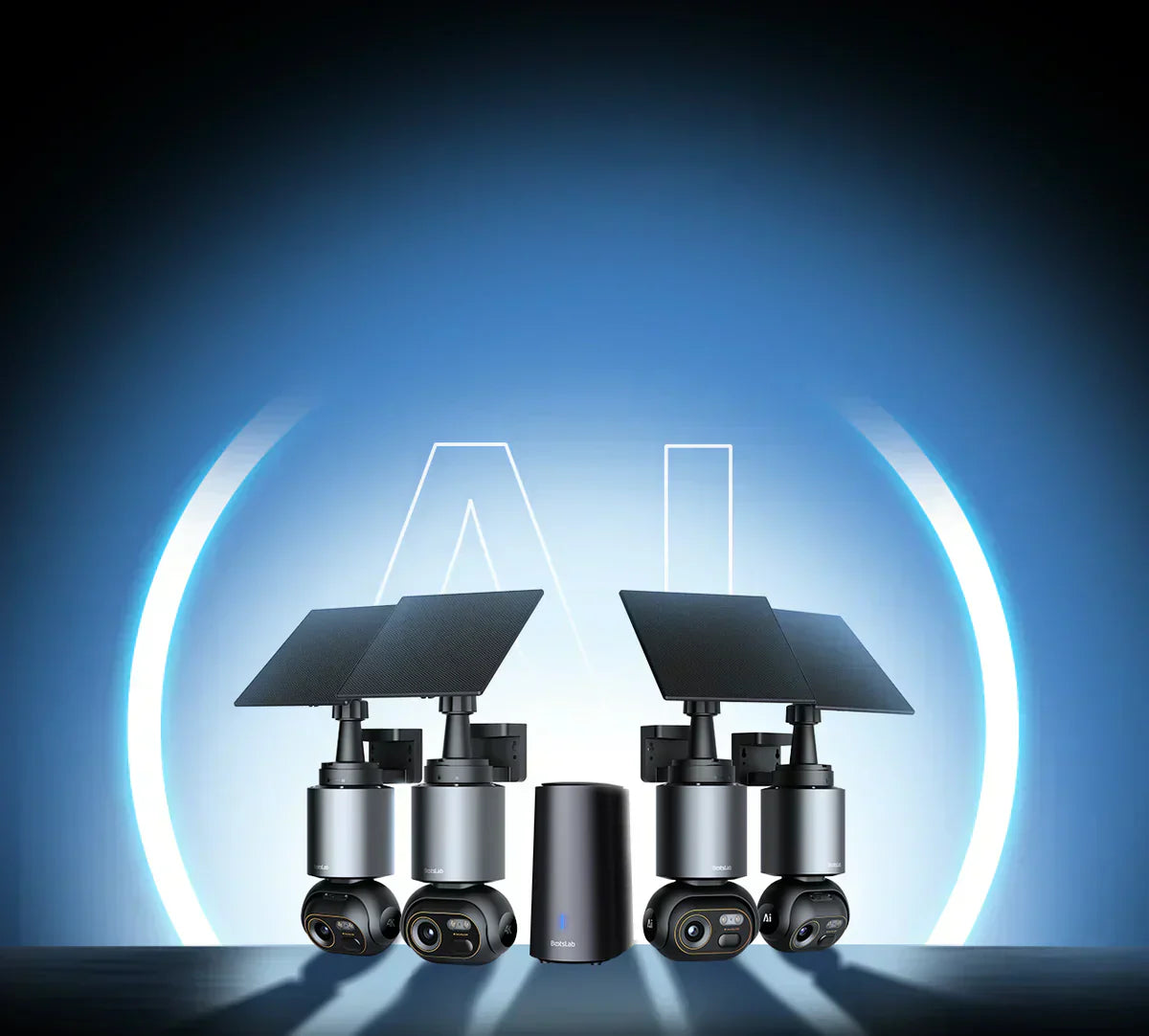
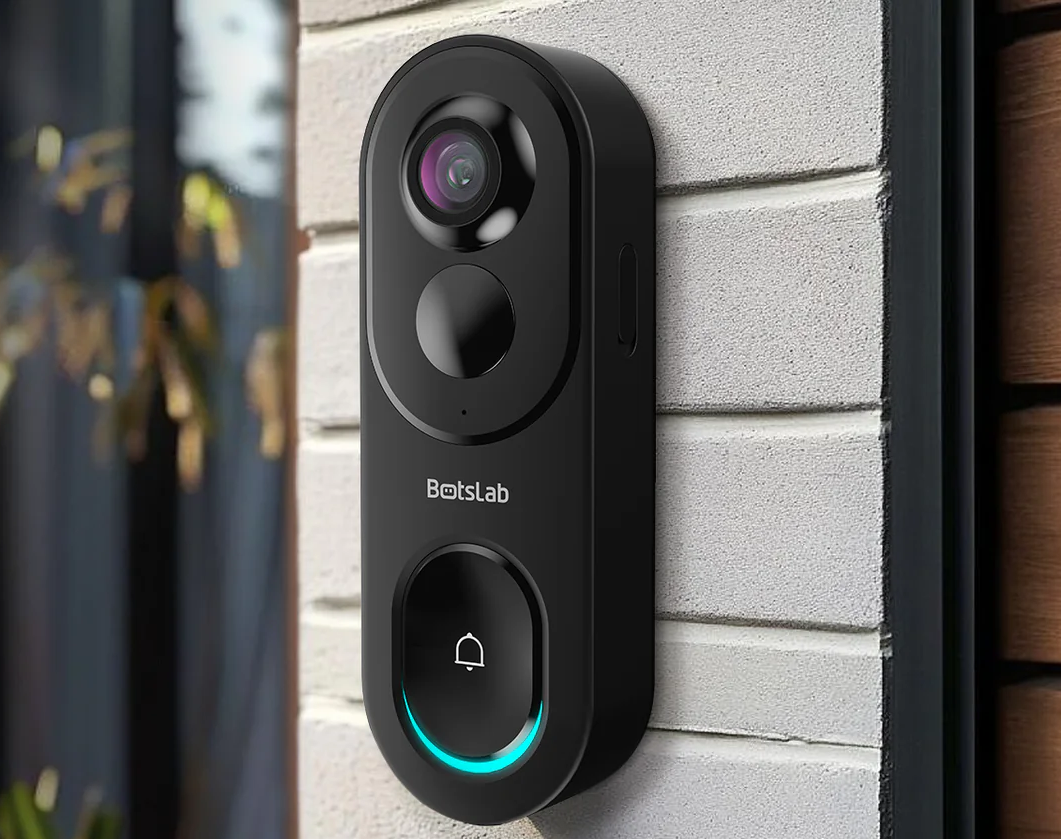



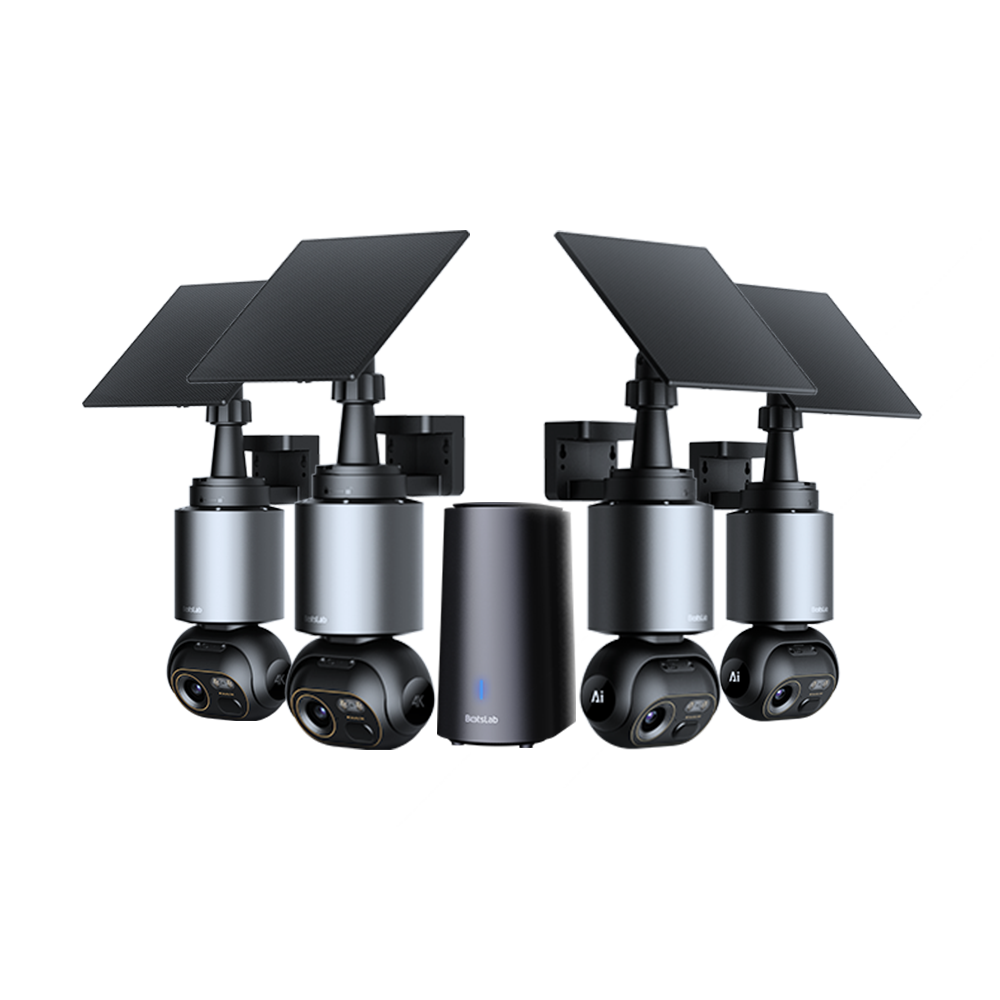




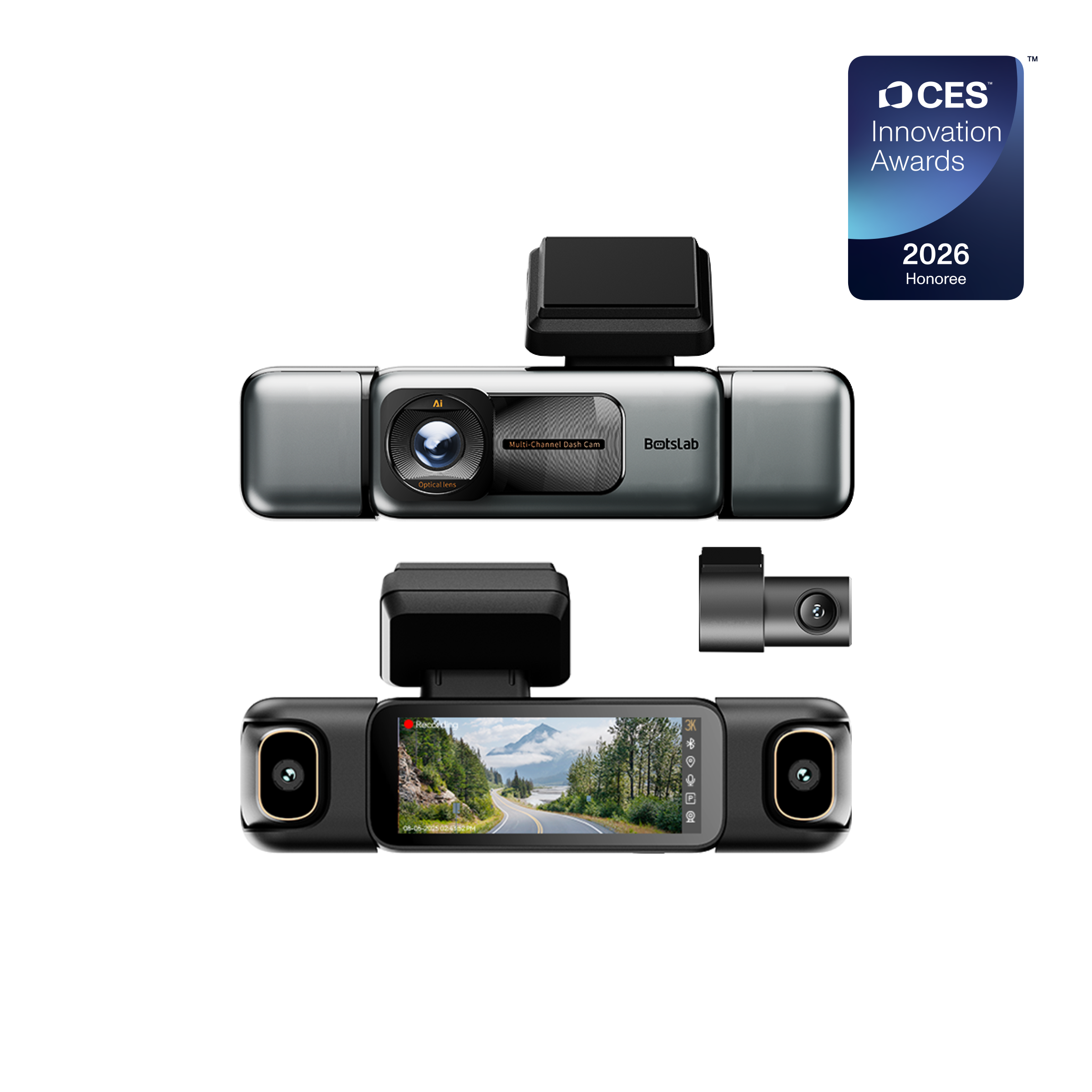
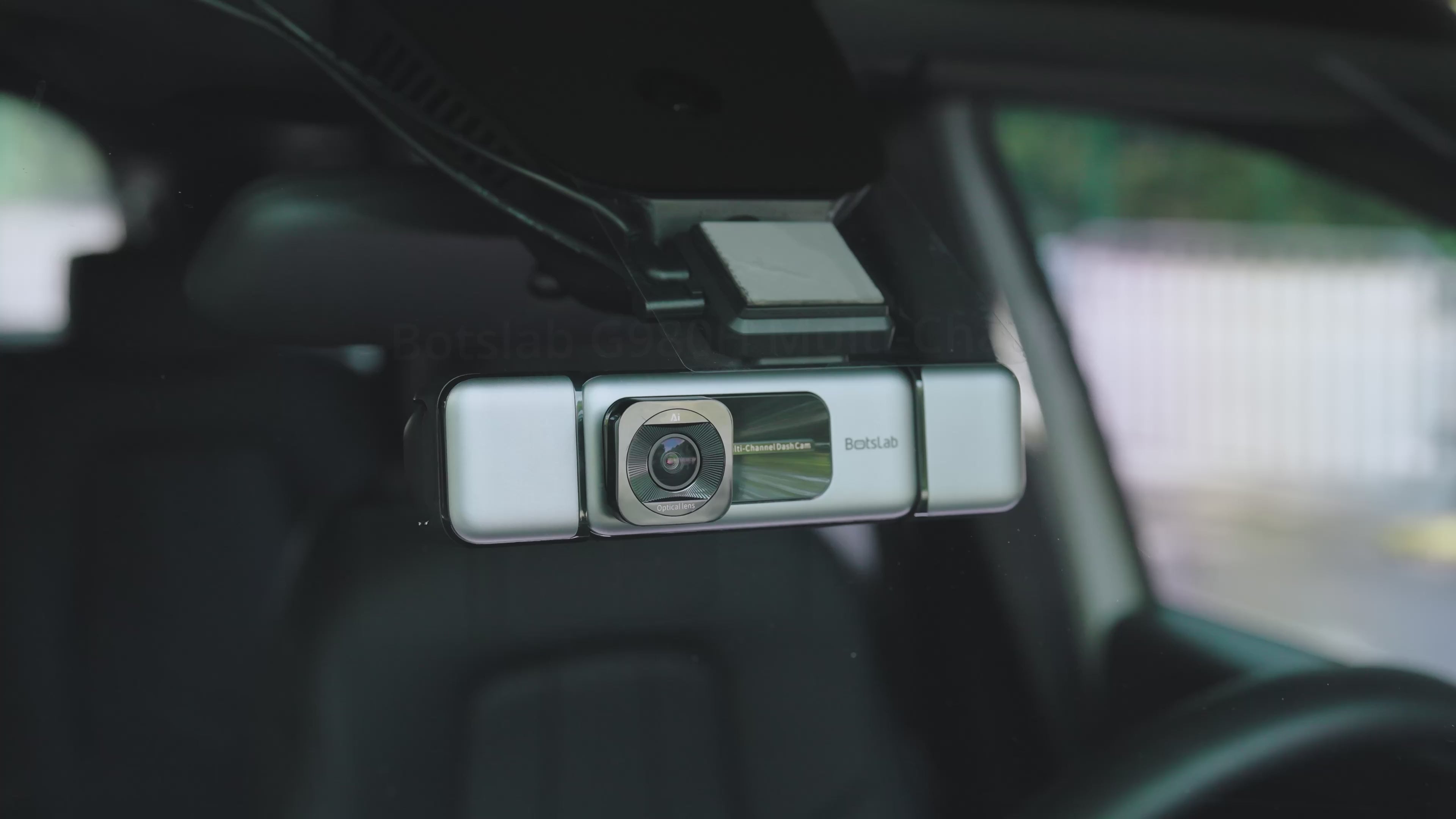
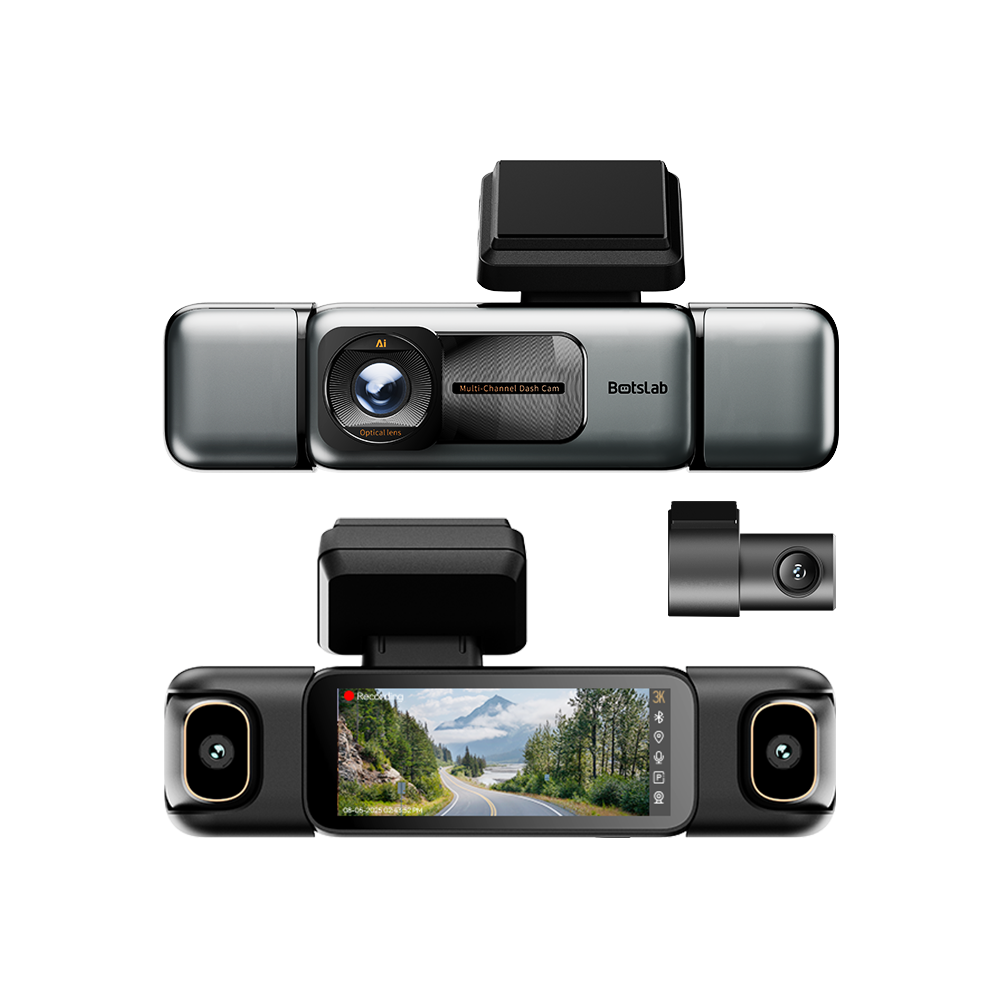
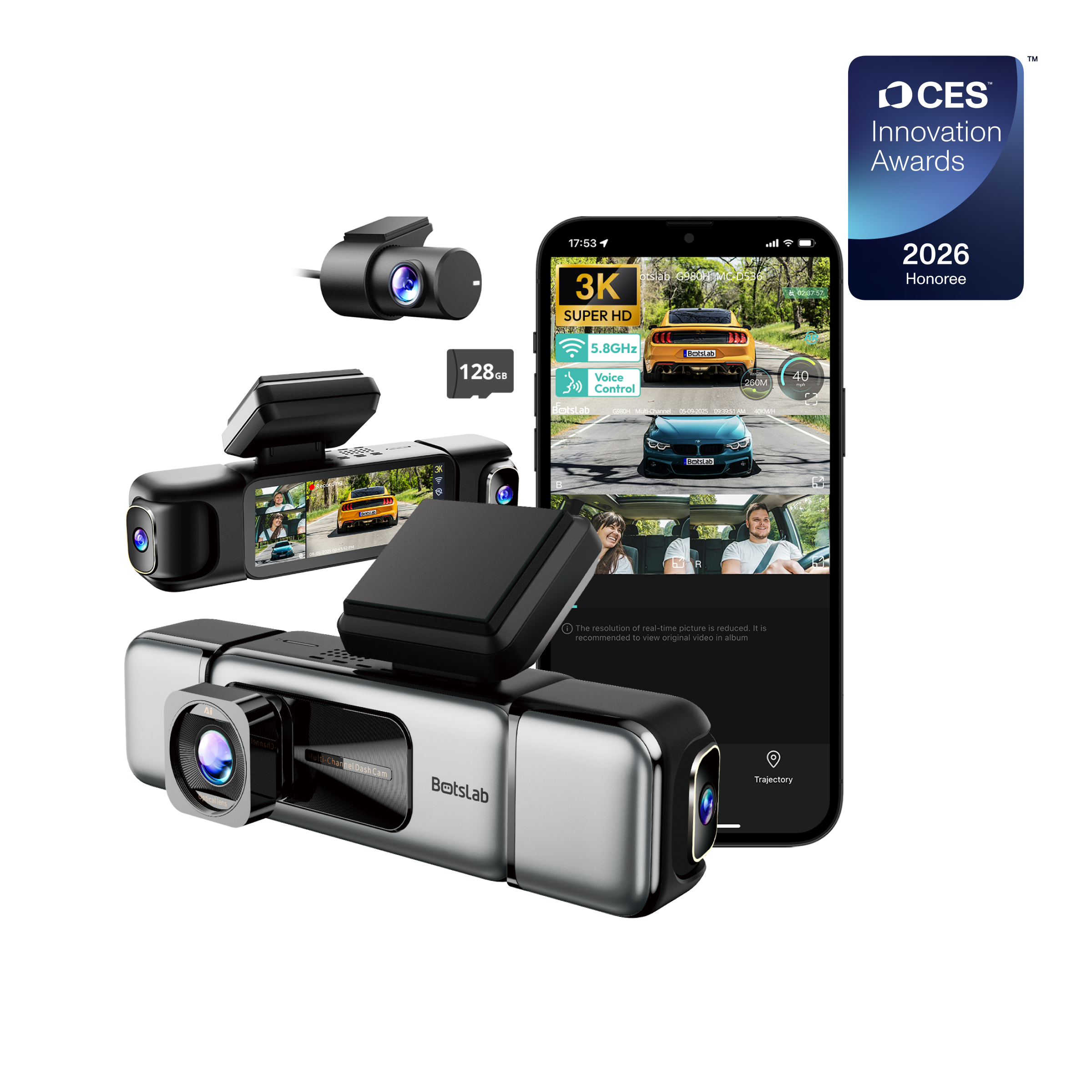





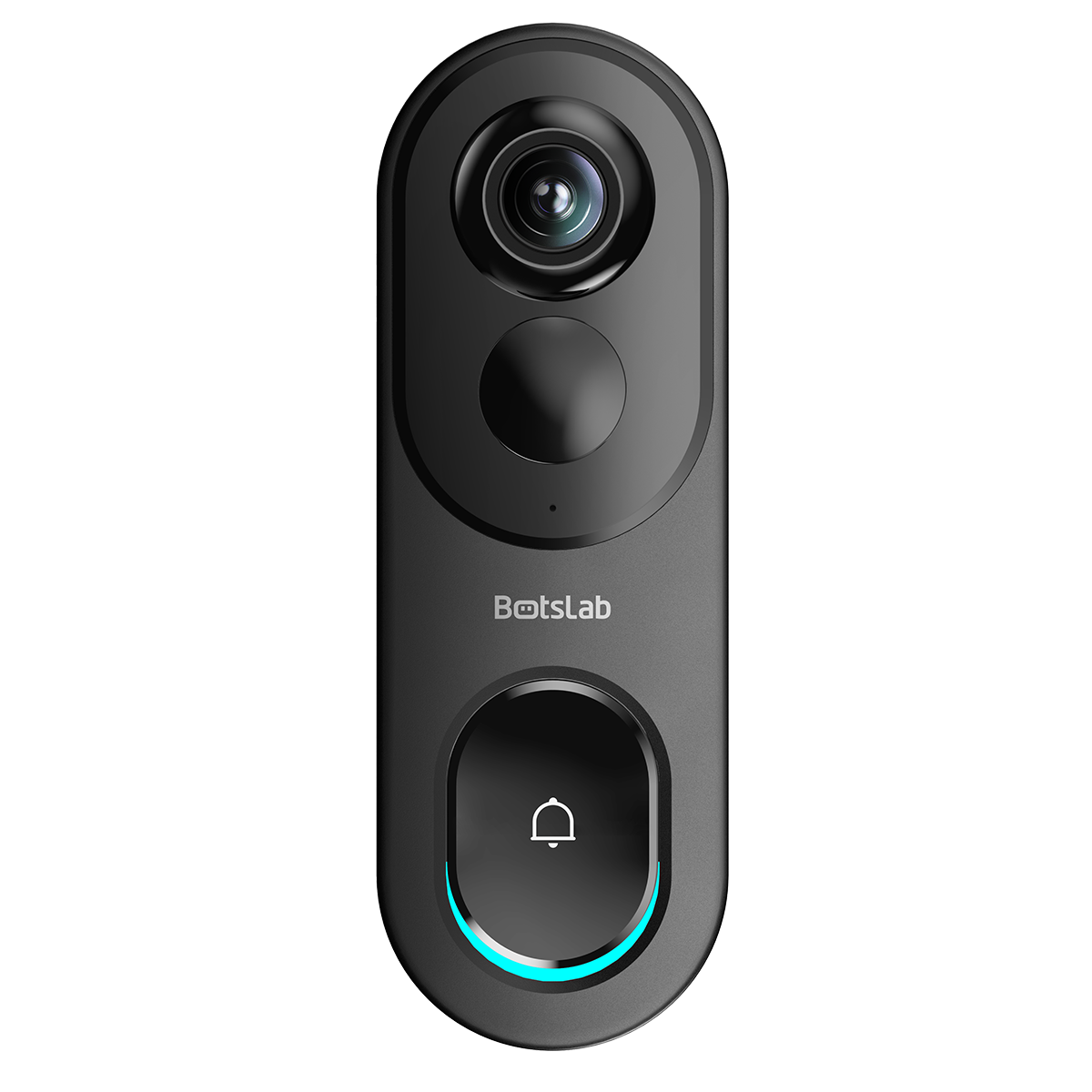




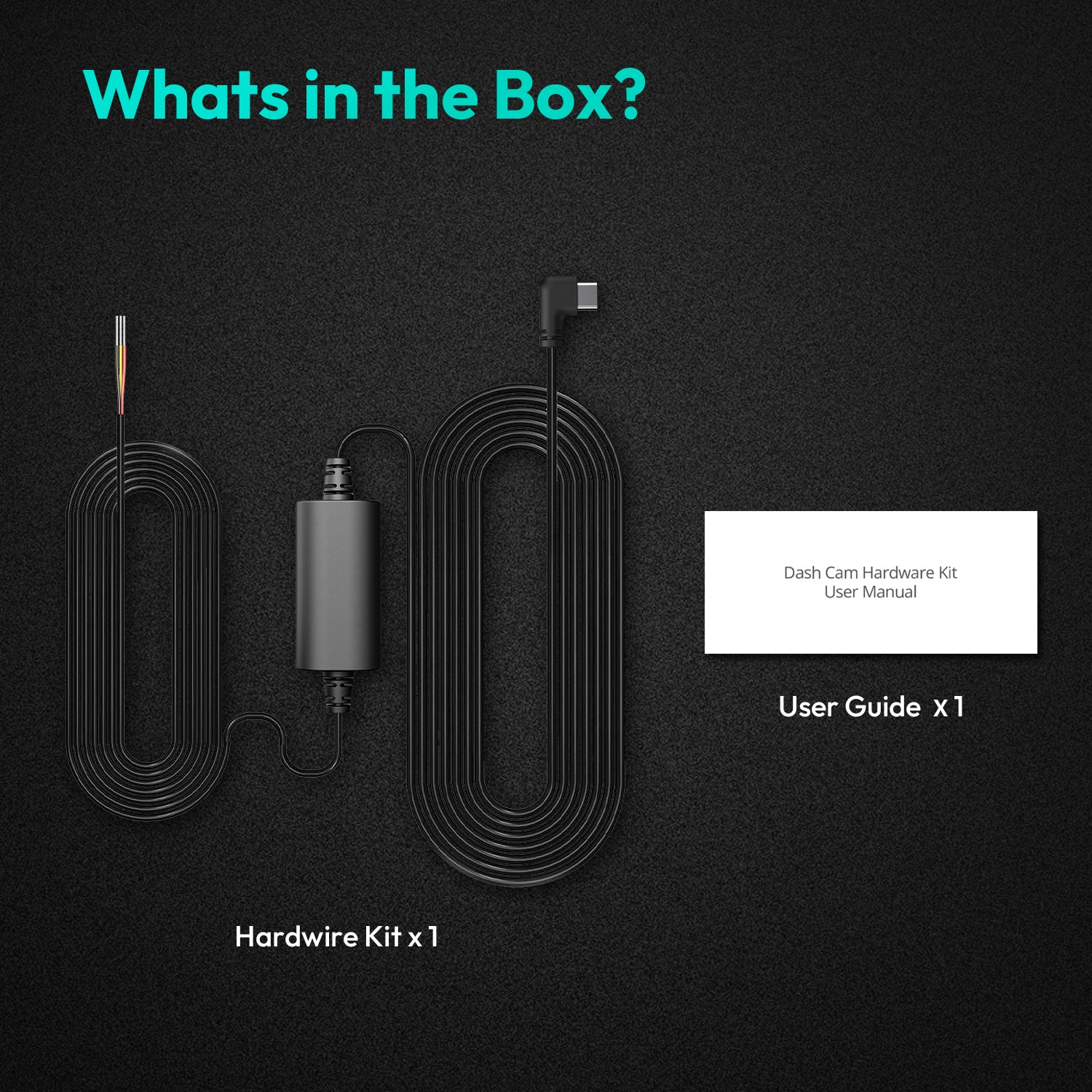
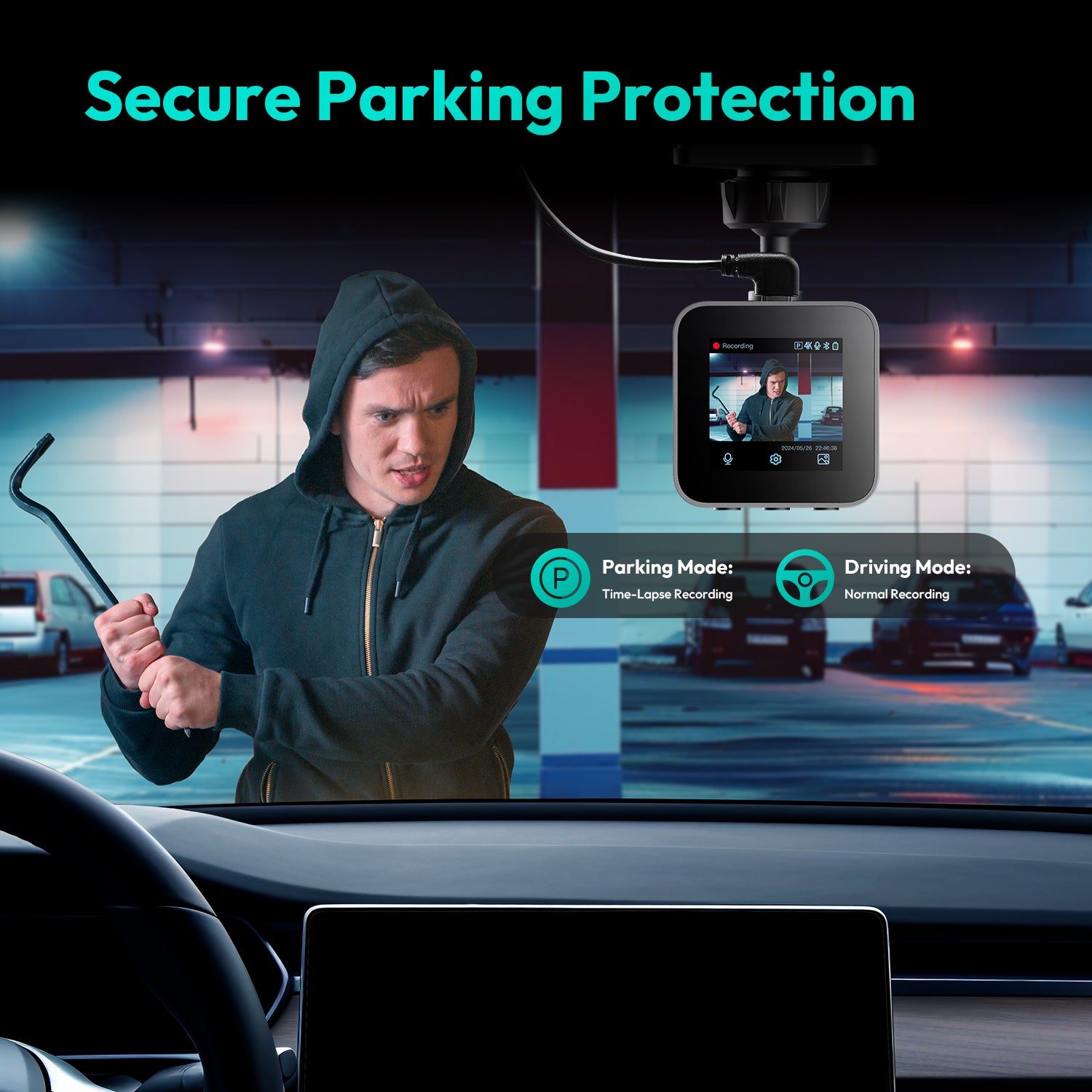
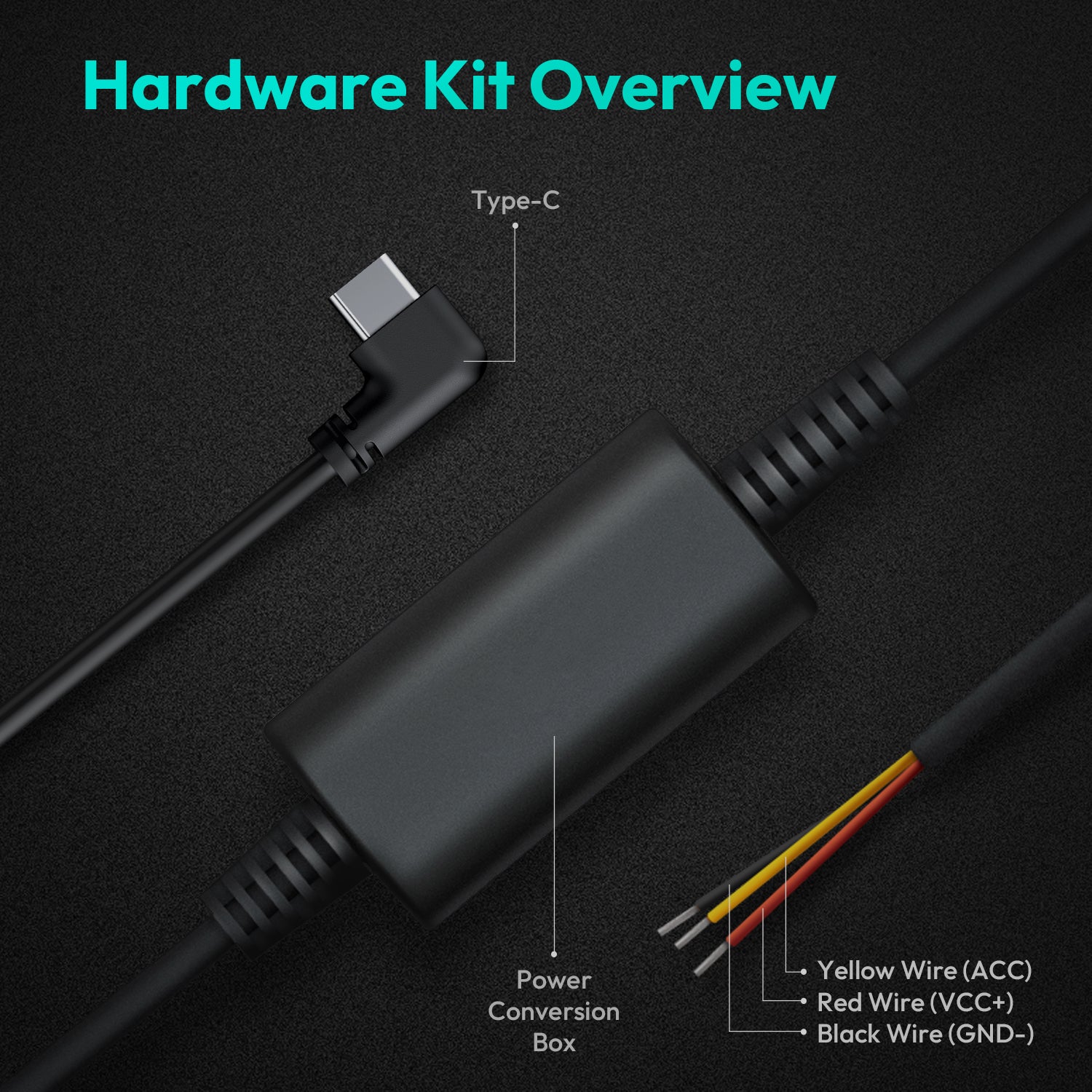
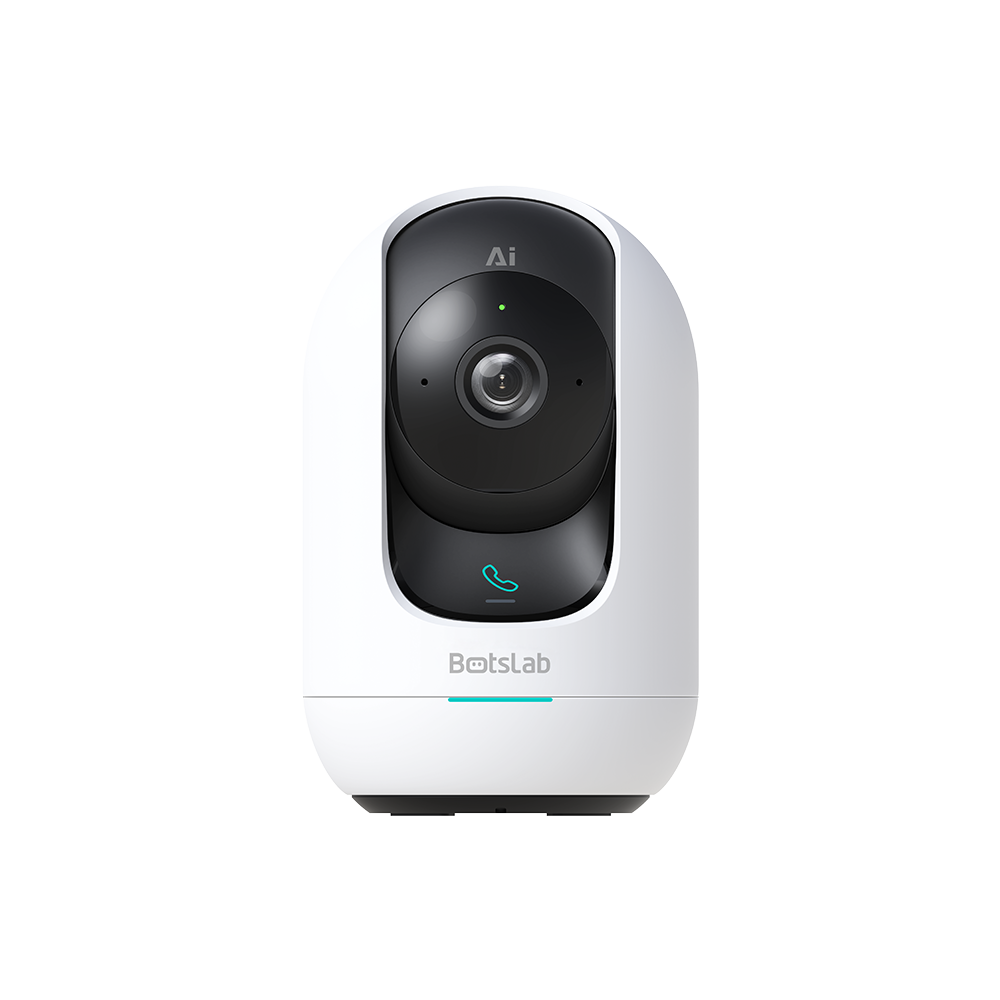


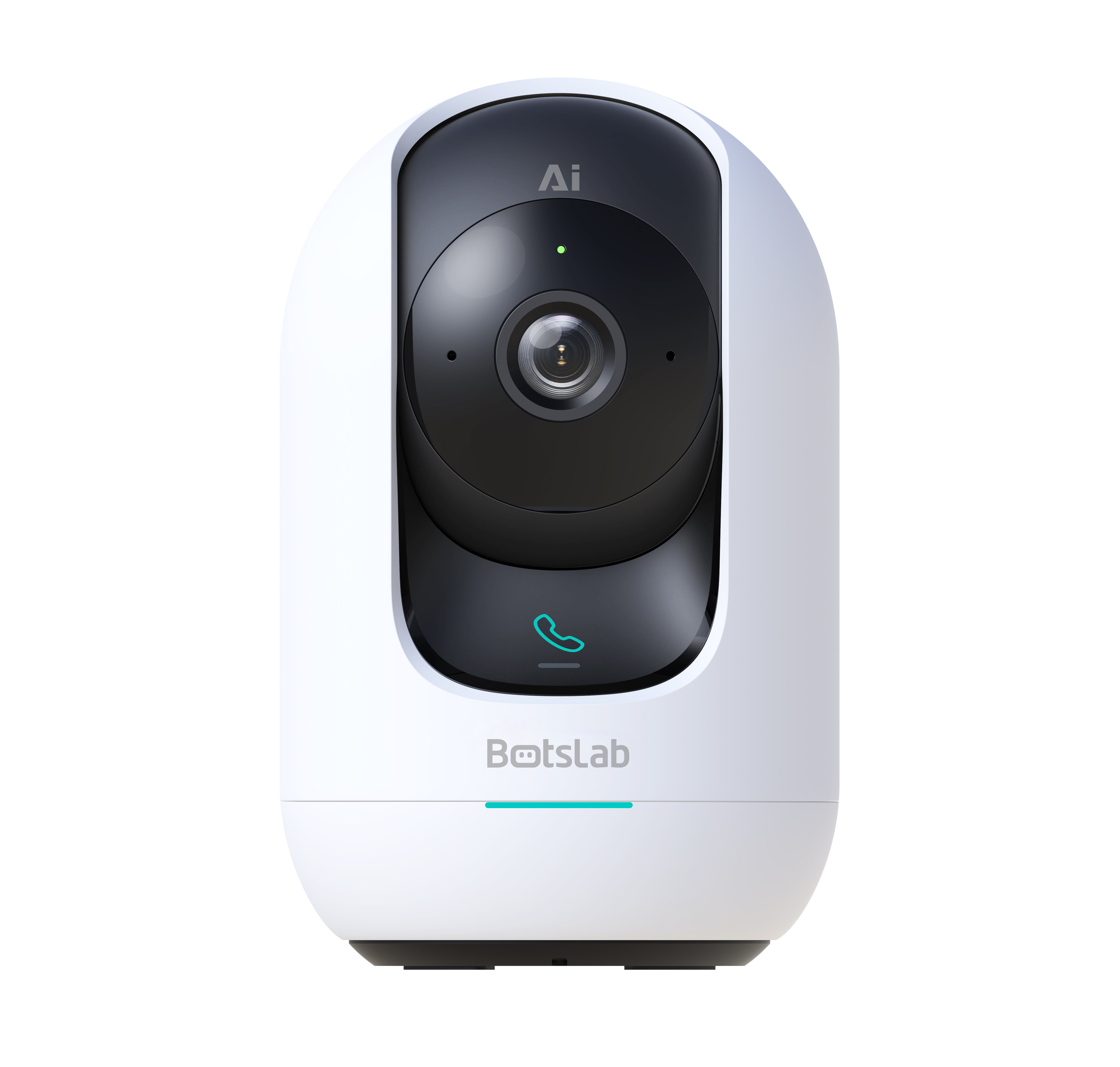

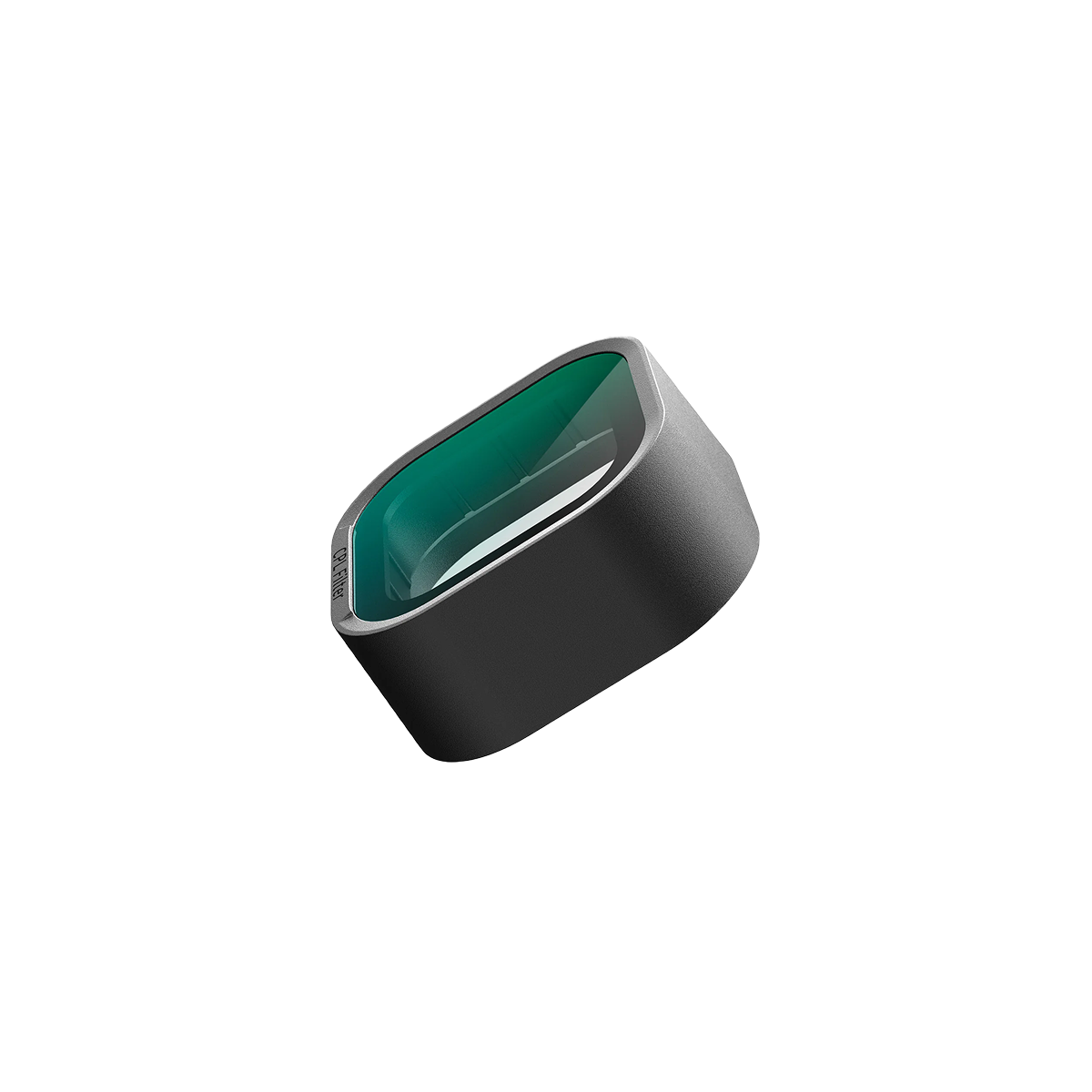


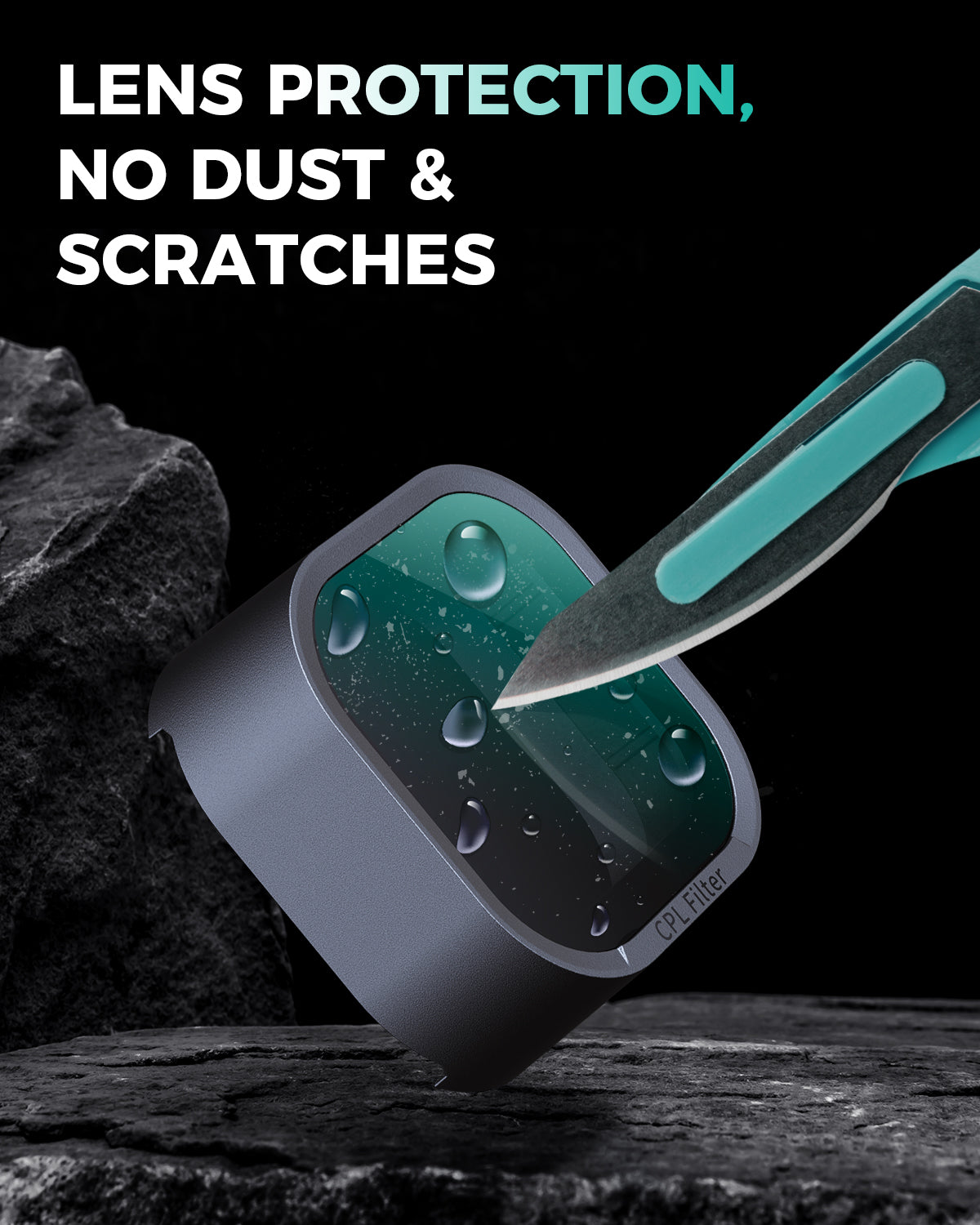
Share:
How to perfectly wire front and rear driving cameras?
How Outdoor Security Cameras Weather Extreme Conditions?